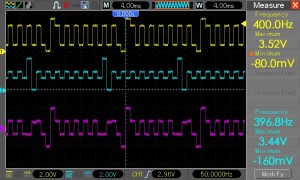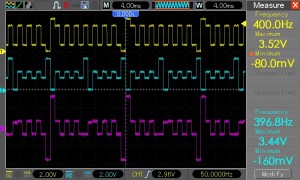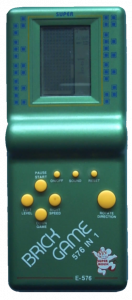I've recently used Atmel's ATMega32u4 and I liked it a lot. 32 kilobytes of flash, USB transceiver and bootloader support are the most important features of this rather inexpensive device, which make it very easy to use for prototyping USB devices.
A nice addition is that the device comes preflashed with Atmel's DFU bootloader, which makes it possible to program the device over USB without connecting SPI or JTAG. It doesn't support any debugging, but it's good enough for simple projects.
I've been working on a project recently, where I assumed JTAG or SPI wouldn't be necessary and decided to rely on the stock bootloader. The problem is, I needed to change the contents of the flash memory in run-time. This is possible with the bootloader's ABI, but as it turned out, not that easy.
Continue reading Using Atmel's DFU Bootloader ABI on ATMega32U4 in avr-gcc





